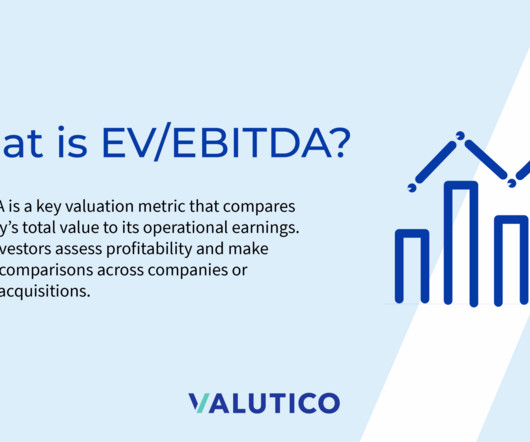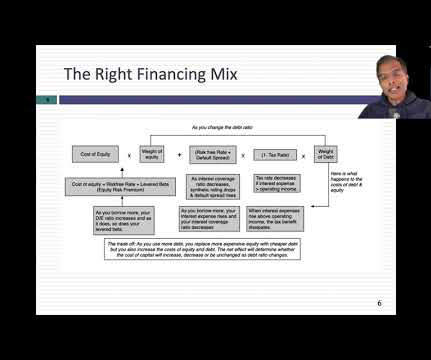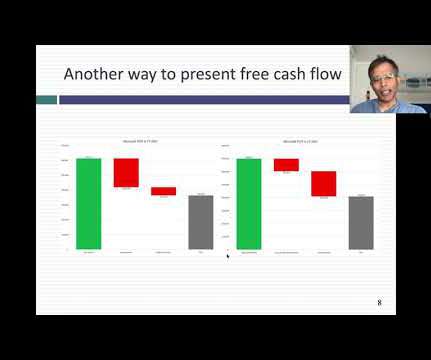EV/EBITDA Explained: A Key Valuation Multiple for Investors
Valutico
MAY 19, 2025
This ratio offers insight into a companys profitability and relative value by comparing its total worth (Enterprise Value, encompassing debt and equity) to its operational earnings (EBITDA). The multiple is calculated as Enterprise Value (EV) divided by EBITDA. What is Enterprise Value?















Let's personalize your content